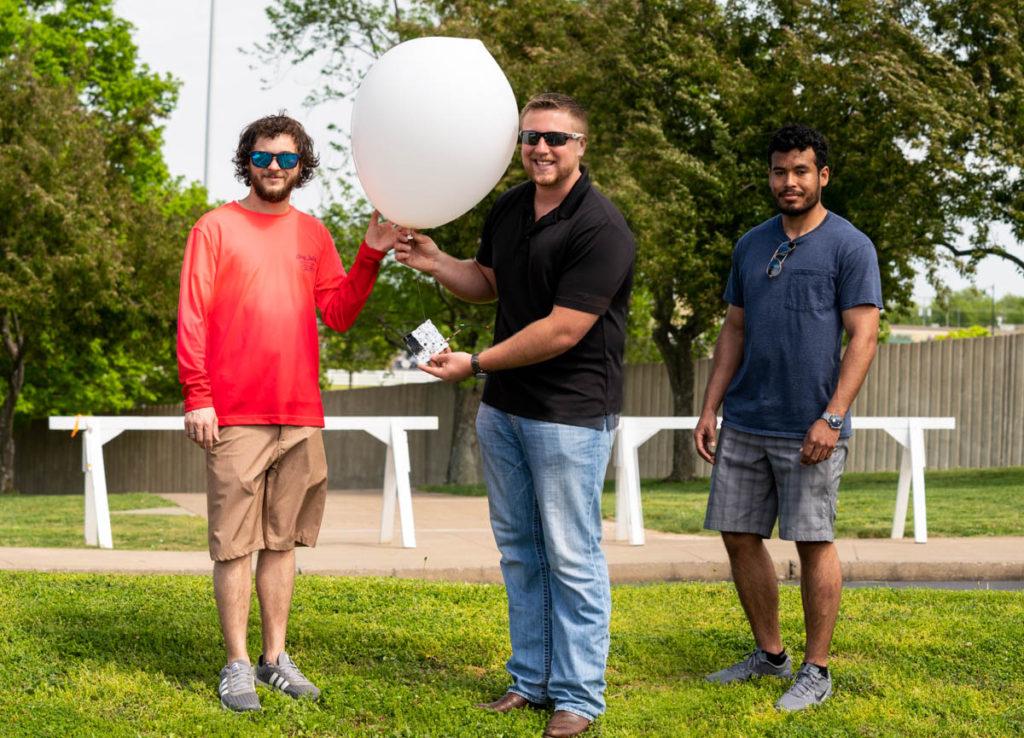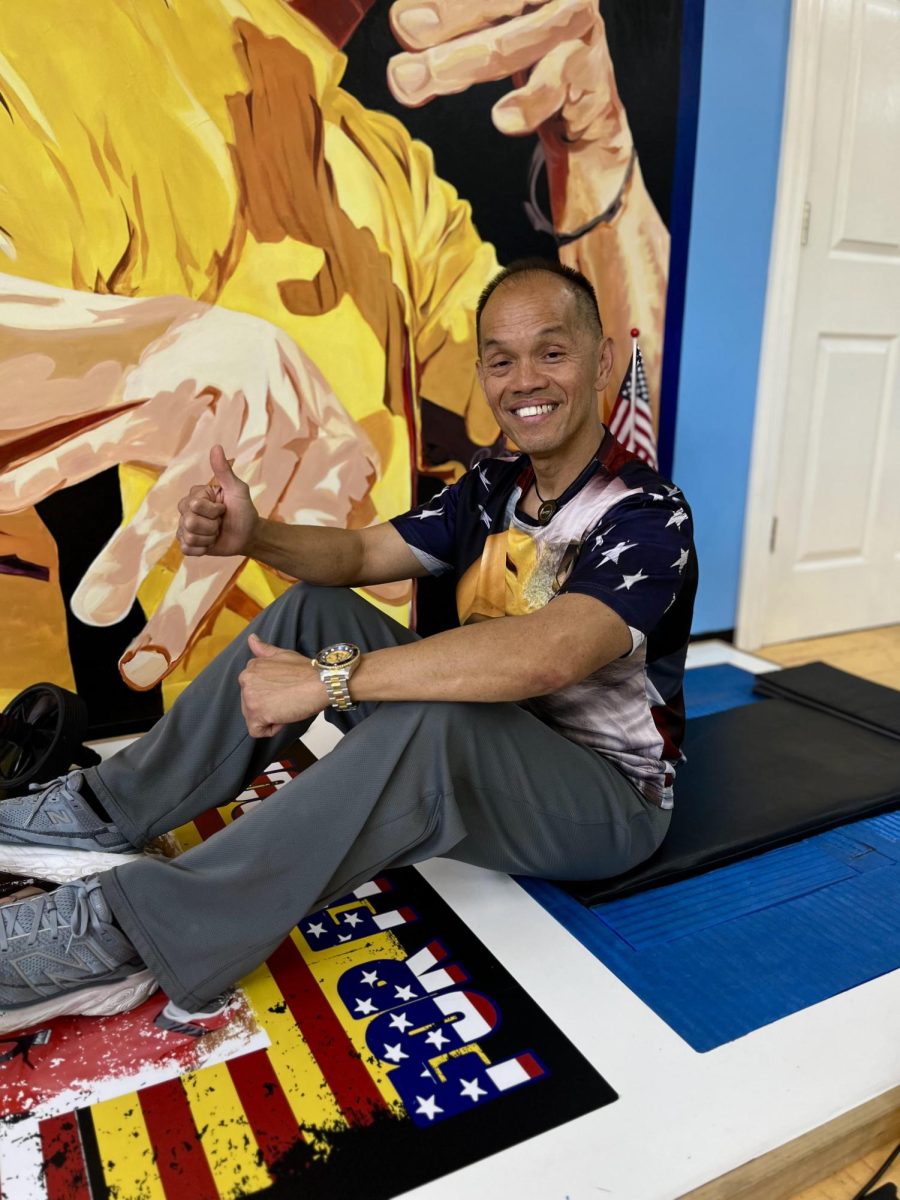Ciara Benham
Staff Writer
cbenham@murraystate.edu
Telecommunications Systems Management students are attempting to perform a feat that Murray State has never seen before: launching a weather satellite.
Brock Kirk, Richard Thompson and Jacob Cox will launch a weather satellite as a part of their senior capstone project for Mobile Satellite Communications.
For over two months, the students have worked hard to build and prepare the satellite. After beginning the project, both Kirk and Thompson discovered they had a lot to learn.
“We had to physically assemble the satellite, install software and code, then test to make sure that it was functioning properly,” Kirk, a senior from Ballard County, Kentucky, said. “I also had to learn how to make antennas for the weather satellite. This was something that I had never done before and was completely new for me.”
The process was long and detailed to prepare for a smooth launch.
“Our first step was to determine a goal that we wanted to achieve,” Thompson, a senior from Belize, said. “To be absolutely sure that we wouldn’t encounter any unexpected technical issues on the day of launch more testing and verification was done and after we were satisfied all we had to do was to launch, gather data, and hopefully retrieve the satellite once it returns to earth.”
Making a satellite is no easy task, but the students were able to succeed through hard work and the help of outside sources.
“Whenever we would climb over an obstacle there would be another, from functionality to the flight weather,” Kirk said. “We communicated with XINABOX (creators of the satellite) a lot, learning as much as possible from them whenever we Skyped. We talked to Judi Sandrock, who was located in South Africa, to help us with any problems or information that we may have needed.”
They were also guided by their mobile satellite communications professor Adbulrahman Yarali throughout the entire process.
Kirk and Thompson need to meet certain requirements in order to be able to launch the satellite.
“These launches are designed to attain an altitude of five kilometers or 16,000 feet to ensure no interference with commercial aircraft,” Yarali said. “To ensure that we can collect our data during the balloon mission, we need a radio with the WeatherSat to send the data and a ground station to retrieve the data. The GPS and I-sensors will give us data about our position as we move about, and we can begin tracking how weather conditions change as we move about our town and county.”
Weather permitting, the launch should be successful, and the students should be able to move on to the next steps with related data like temperature, humidity, pressure, UVA-UVB, etc.
“Immediately after launch our main goal is to gather as much data as possible and if possible, retrieve the satellite after its return to earth,” Thompson said. “There is also a possibility that this project is going to expand. If this expansion is approved, we plan to develop a distributed terrestrial weather monitoring system that can provide accurate atmospheric information of specific locations.”
The students will also have to comb through all the data to create graphs to see how the data corresponds to the altitude of the balloon. This will help them understand the gap between telecommunication and science.
Yarali said he is very proud of Kirk and Thompson and their work on this project.
“Brock and Richard are among top students in TSM and have shown determination and interest to be part of the research and hands-on projects in wireless activities,” Yarali said. “As a teacher, mentor and adviser my job and duty are to make sure that I pave the road for our students to gain employable quality and to explore their potentials and interest for landing their desired jobs.”

























































































